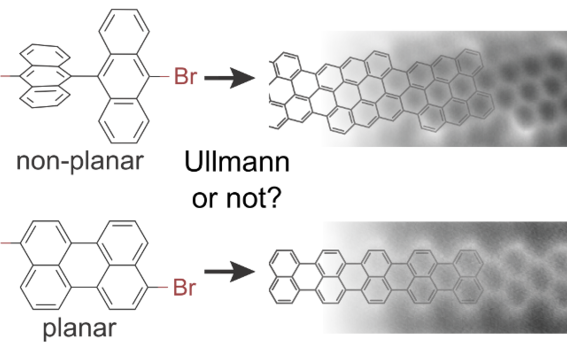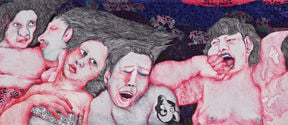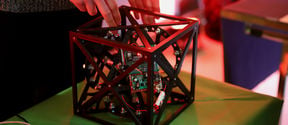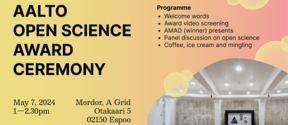Graphene nanoribbons - chiral or not?

We show that the precursor geometry controls whether we form regular armchair or chiral graphene nanoribbons (GNRs). On Cu(111), bianthryl precursors (dibromo-, dichloro-, or halogen-free bianthryl) unexpectedly yield chiral GNRs. Using atomically resolved noncontact atomic force microscopy (nc-AFM), we studied the growth mechanism in detail. In contrast to the nonplanar BA-derived precursors, planar dibromoperylene (DBP) molecules do form armchair GNRs by Ullmann coupling on Cu(111), as they do on Au(111). These results highlight the role of the substrate, precursor shape, and molecule–molecule interactions as decisive factors in determining the reaction pathway. Our findings establish a new design paradigm for molecular precursors and opens a route to the realization of previously unattainable covalently bonded nanostructures.
The results are published in the Journal of Physical Chemistry C
- Published:
- Updated:
Read more news

Aalto ARTS alum Vidha Samya’s artwork featured at the Venice Biennale 2024
The Pavilion of Finland presents ‘The pleasures we choose’ at the 60th International Art Exhibition – La Biennale di Venezia until 24 November 2024.
IoT Forge donates EUR 1 million to the School of Engineering
The donation will be used for research and education on the Industrial Internet and digital twins.
Join us for the first Aalto Open Science Award Ceremony
All Aaltonians are welcome – no registration required!